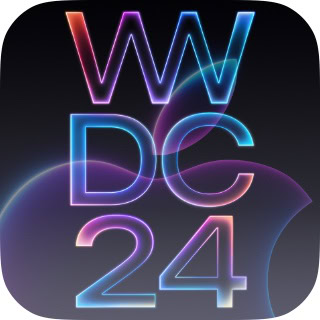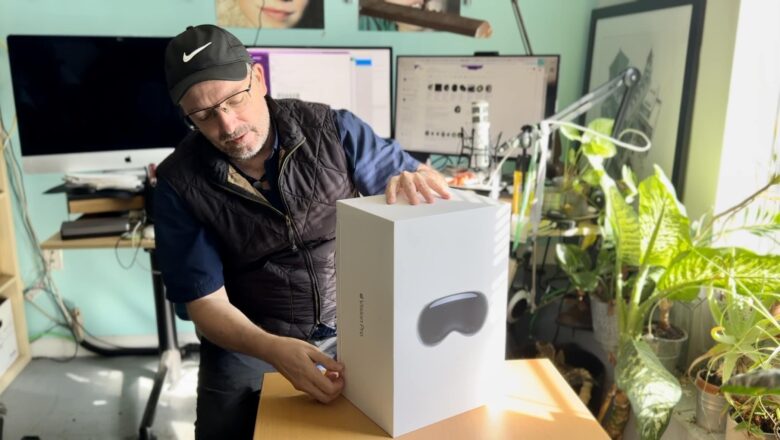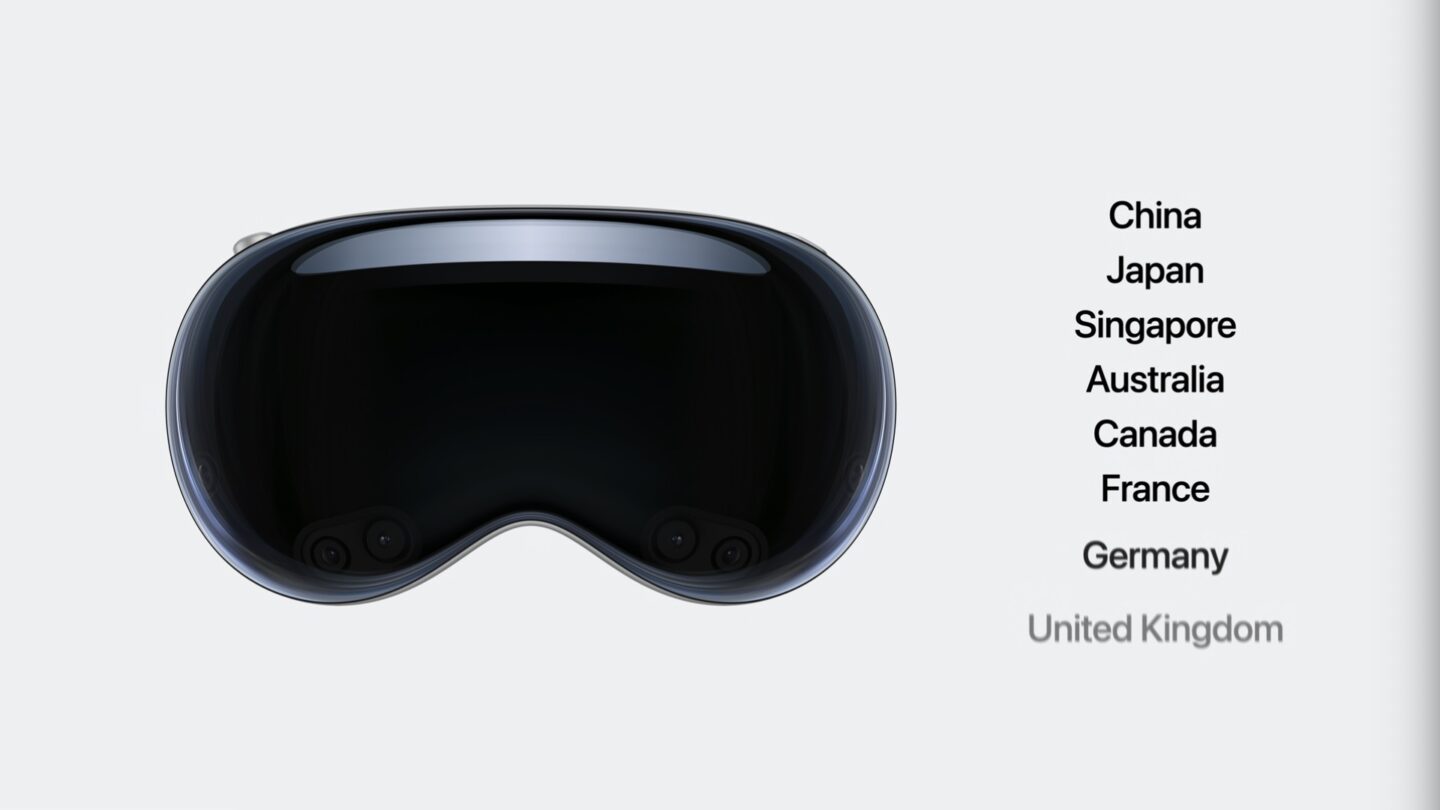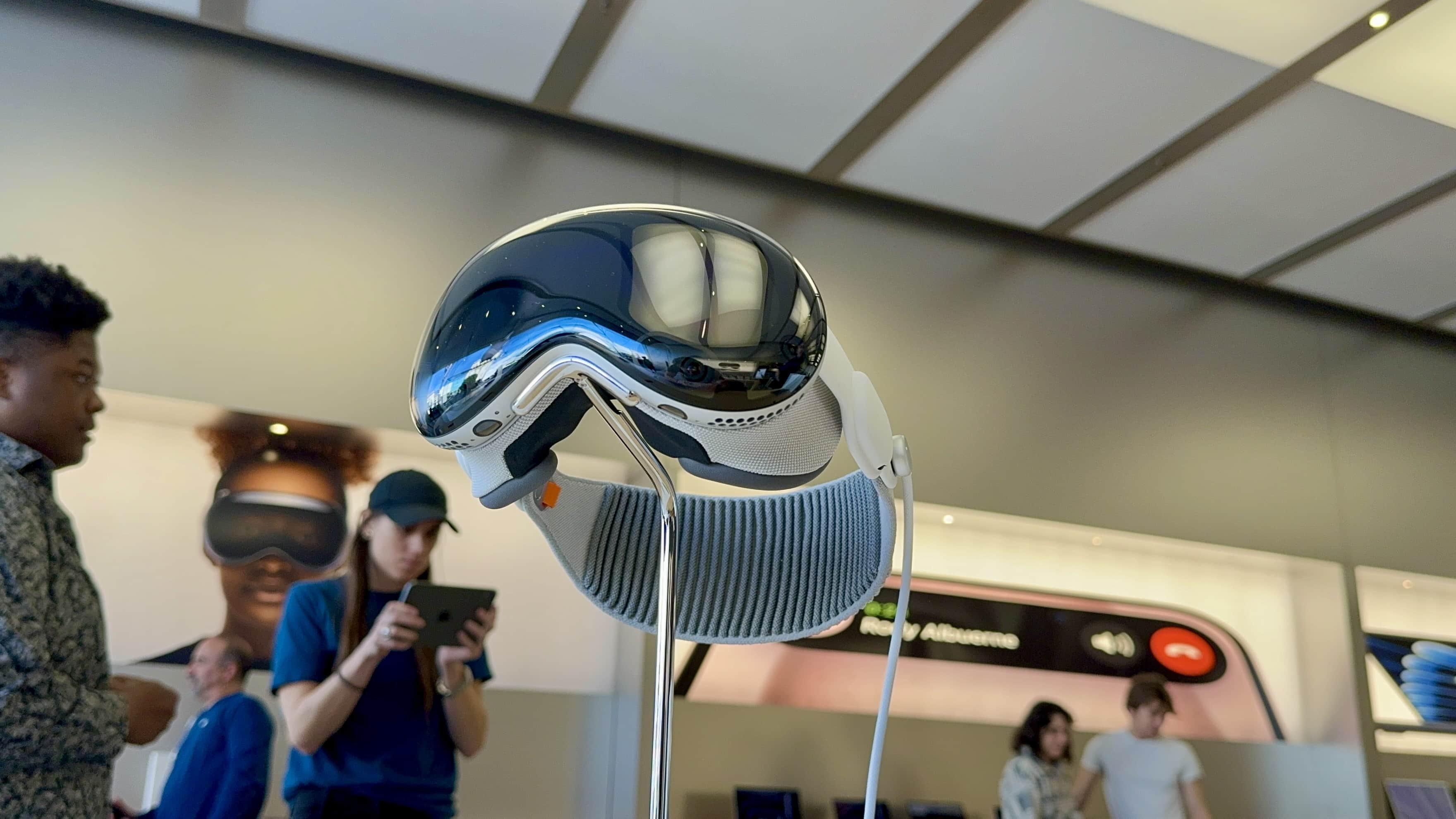 At WWDC24 today, Apple announced that its spatial computing headset will launch in many countries across Europe, Asia and North America.
At WWDC24 today, Apple announced that its spatial computing headset will launch in many countries across Europe, Asia and North America.
“The enthusiasm for Apple Vision Pro has been extraordinary, and we are thrilled to introduce the magic of spatial computing to more customers around the world,” said Tim Cook, Apple’s CEO, in today’s press release.
After the fervor surrounding its launch in the United States, sales have slowed down — a combination of the high price and a lack of specially-made content.
Launching the device internationally will not only broaden the customer base but the number of developers who can create new experiences for the headset.
Spatial computing is going global

Photo: Lyle Kahney/Cult of Mac
In the United States, Vision Pro preorders opened on January 19 with the device officially launching on February 2.
Prices start at $3,499. The only options for configuring the spatial computer itself are for storage tiers; the base model comes with 256 GB but is upgradable to 512 GB or 1 TB. Between optional ZEISS lens inserts for corrective vision, additional storage and sales tax, it’s easy for a Vision Pro to cost $4,000 or more.
Those interested in the device without four grand to drop can instead schedule a free 30-minute demo at any Apple Store from the Apple Store app.
Coming to Europe and Asia

Image: Apple
Apple Vision Pro will launch in China, Japan and Singapore on June 28 with preorders beginning June 13. In Australia, Canada, France, Germany and the United Kingdom, the headset will be available on July 12 with preorders available June 28.
It’s no surprise between the high end-user cost and the small amount of spatial video, apps and games that sales in the United States have slowed down. While Apple pitches the device as a general-purpose computer you can use for work and streaming regular movies and shows, the simple fact is that a MacBook or iPad is much cheaper and people want their 3D headset to play cool 3D games and 3D movies.
With a bigger rollout, Apple will have to answer to louder customer demand for spatial content and experiences.


